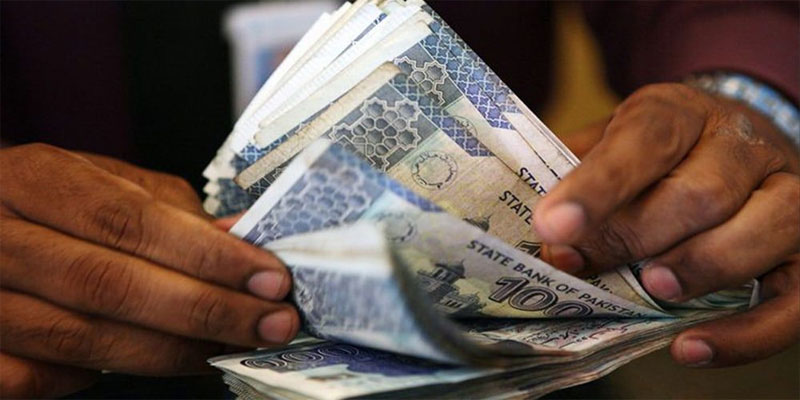According to the latest data from the State Bank of Pakistan (SBP), the amount of non-performing loans (NPLs) issued by banks increased by over Rs. 70 billion in 2023.
This year, bad loans reached Rs. 1.009 trillion, which is a rise of Rs. 71.3 billion compared to Rs. 938 billion during the same time last year.

Commercial banks had the most bad loans in 2023, according to the latest data. Non-performing loans (NPLs) from these banks grew by 8% to Rs. 956 billion, up from Rs. 883 billion in 2022.
Local private banks had the second-highest amount of bad loans, totaling Rs. 634 billion. This was a 16.5% increase from Rs. 545 billion in the same period last year. Public sector banks disbursed Rs. 320 billion in bad loans, which is a slight decrease from the Rs. 336 billion reported in 2022.
Foreign banks in Pakistan issued fewer bad loans in 2023, with only Rs. 633 million in NPLs. This was 66% lower than the Rs. 1.86 billion in bad loans from 2022.
Development Finance Institutions (DFIs) contributed Rs. 15 billion to bad loans in 2023, which is a small increase of Rs. 510 million from 2022.
The State Bank of Pakistan’s data also showed that cash recoveries from non-performing loans were about Rs. 33 billion in the quarter ending December 31, 2023. This amount was roughly the same as the recoveries in the same period last year.
Read Also: KP Prohibits Fireworks at Weddings and Public Events
The increase in non-performing loans (NPLs) poses a challenge to Pakistan’s economic recovery as banks face growing bad debt. This makes it harder for banks to lend and support economic growth at current interest rates.
The State Bank of Pakistan’s high interest rate, steady at 22 percent since June 2023, adds to the problem by making it harder for borrowers to repay loans. Because of this, concerns about loan repayment are growing, potentially slowing economic progress further.